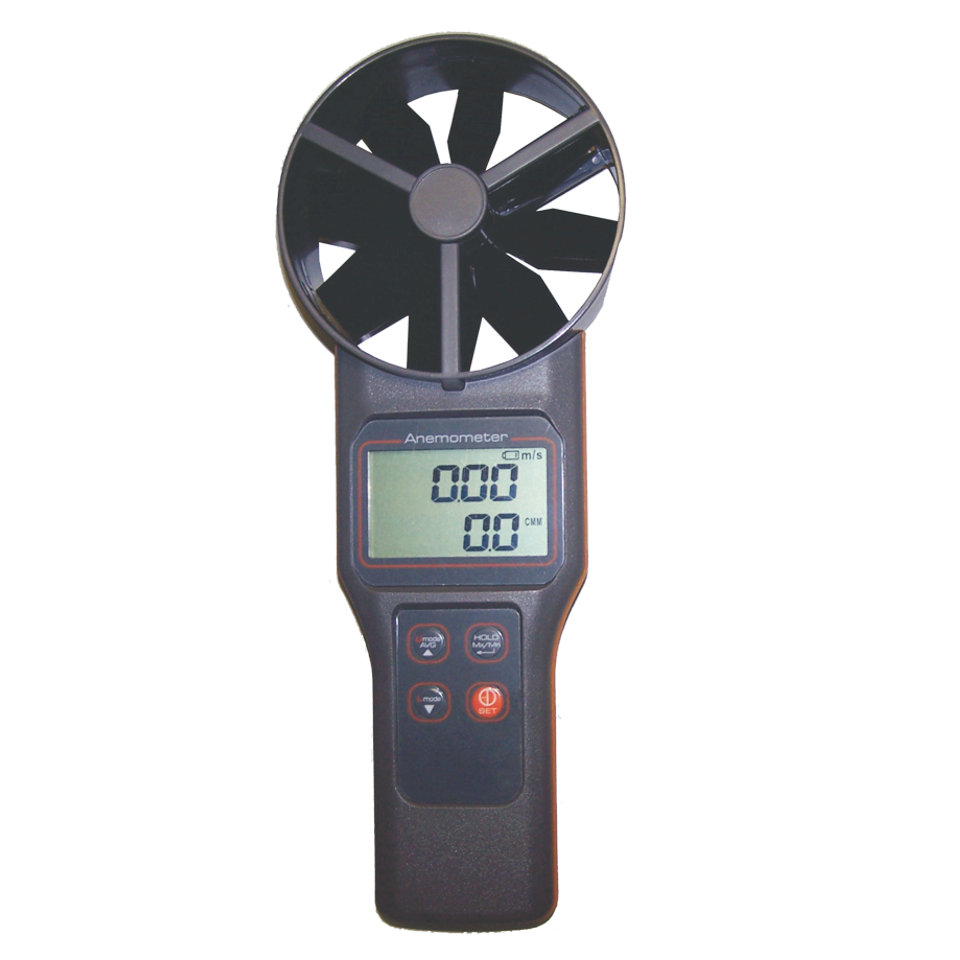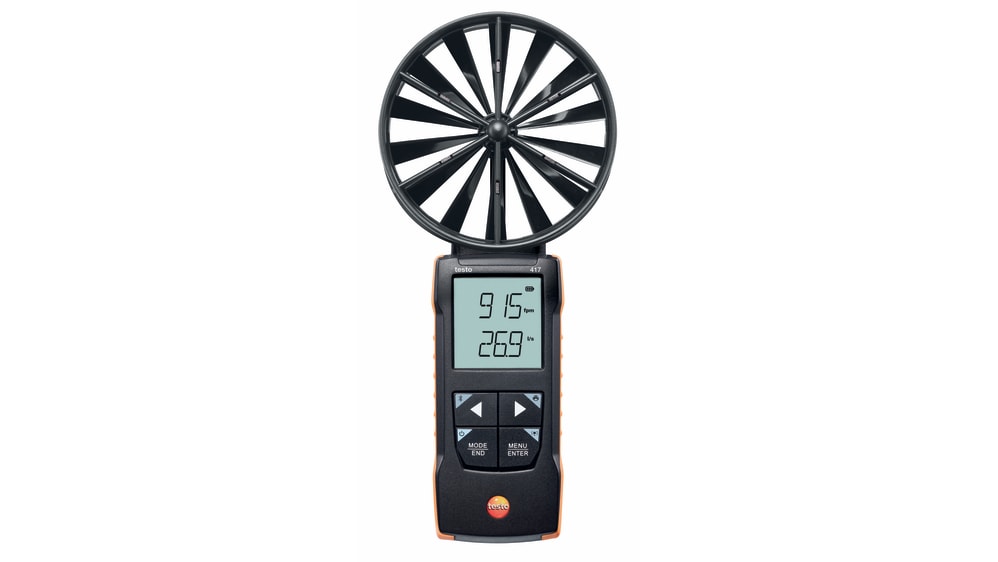The Function of an Anemometer in Improving Security for Outdoor Activities
The Function of an Anemometer in Improving Security for Outdoor Activities
Blog Article
All You Need to Learn About Anemometers: Exactly How They Work, Why They Issue, and Where to Utilize Them
Anemometers, though often overlooked in the world of scientific tools, play a vital role in numerous fields, offering useful insights right into wind rate and air movement patterns. Recognizing the technicians behind these tools is vital for any individual seeking to harness the power of this information. From meteorologists tracking weather condition patterns to engineers developing frameworks with wind lots in mind, the applications of anemometers are far-ranging and diverse. As we look into the ins and outs of anemometer technology, we will reveal the inner operations of these devices, their relevance, and the key considerations when picking the right anemometer for certain applications.

Anemometer Fundamentals
An important tool utilized to measure wind rate and direction, the anemometer plays a crucial function in meteorology and numerous markets. An anemometer generally is composed of three or 4 cups that revolve in the wind, a vane that directs right into the wind, and sensors to track the turnings or motions.
There are various kinds of anemometers available, consisting of mug anemometers, vane anemometers, hot-wire anemometers, and sonic anemometers, each with its special attributes and applications. Cup anemometers are commonly used for basic wind speed dimensions, while vane anemometers are chosen for directional dimensions.
Concepts of Anemometer Procedure
Structure on the foundational understanding of anemometer fundamentals, the principles of anemometer procedure illuminate the technicians behind wind speed and direction measurements. Cup anemometers, for instance, have 3 or even more cups that capture the wind, triggering them to rotate faster as the wind rate increases. Hot-wire anemometers depend on a heated cord that cools down as wind passes over it, with the rate of cooling identifying the wind speed.
Significance of Anemometers
The significance of anemometers in weather forecasting and various sectors can not be overstated. Anemometers play an essential role in gauging wind rate and direction, supplying vital data for climate forecasting, environment studies, ecological monitoring, and aeronautics operations. Meteorologists depend on anemometers to gather precise wind data, assisting them recognize weather condition patterns, forecast storms, and concern timely cautions to the general public. In markets such as construction, agriculture, eco-friendly energy, and maritime procedures, anemometers are made use of to optimize procedures, guarantee safety, and boost effectiveness. Wind ranch operators utilize anemometers to analyze wind conditions and optimize electricity production from wind turbines. In the maritime market, anemometers help ship navigating by giving real-time wind information to captains, assisting them make notified choices to make sure secure trips. Overall, anemometers are important devices that add dramatically to safety, efficiency, and informed decision-making in meteorology and a broad variety of markets.
Applications Across Various Industries
In the eco-friendly power field, anemometers play an important function in evaluating wind conditions for wind farm placements, ensuring optimal energy manufacturing. Industries like building and construction and mining make use of anemometers to check wind rates, vital for security procedures, particularly when working at heights or in open-pit mines where solid winds can posture dangers. In agriculture, anemometers assist farmers in managing plant splashing by supplying real-time data on wind rate to stay clear of drift.

Selecting the Right Anemometer for Your Requirements
Picking the appropriate anemometer tailored to your particular demands is necessary for getting exact wind rate and instructions dimensions. When picking an anemometer, take into consideration factors such as the desired application, required dimension array, ecological conditions, and desired features. For general purposes, a cup anemometer is suitable useful link for measuring wind speed, while a vane anemometer provides wind instructions data. Hot-wire anemometers are perfect for low airspeed measurements, and ultrasonic anemometers offer high accuracy and resilience.

Verdict
Finally, anemometers play an important role in gauging wind speed and direction throughout various sectors. Comprehending the concepts of anemometer operation is essential for picking the best tool for certain needs. From weather forecasting to aviation, anemometers are essential tools for accumulating precise information and guaranteeing safety click this link and security in different applications. It is very important to consider the value of anemometers in order to make informed choices when picking the most appropriate device for determining wind problems.
There are numerous kinds of anemometers available, including cup anemometers, vane anemometers, hot-wire anemometers, and sonic anemometers, each with its distinct features and applications. Cup anemometers are typically utilized for standard wind rate dimensions, while vane anemometers are preferred for directional measurements. Hot-wire anemometers are suitable for low airspeeds, and sonic anemometers are optimal for high-precision dimensions in research study and commercial helpful site setups.Structure on the foundational understanding of anemometer fundamentals, the principles of anemometer operation illuminate the auto mechanics behind wind speed and direction measurements. For general purposes, a cup anemometer is suitable for gauging wind rate, while a vane anemometer gives wind direction information.
Report this page